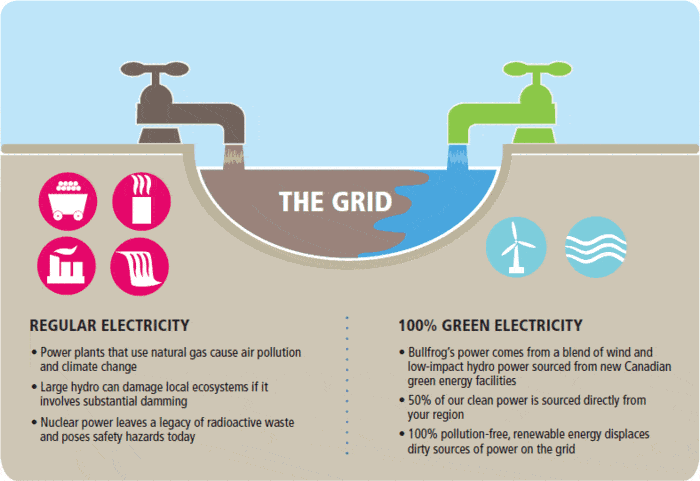Our Green Advantage
Simply Voting is an eco-friendly online voting system. Using our service helps your organization meet its environmental and sustainability objectives by drastically reducing the carbon footprint of voting events.
Environmental Impact of Voting
The carbon footprint is a measure of the impact an organization or event has on the environment, and in particular climate change. It relates to the amount of harmful greenhouse gases emitted through transport, land clearance, and the production and consumption of food, fuels, manufactured goods, materials, wood, roads, buildings, and services. The carbon footprint is measured in kilograms of carbon dioxide (CO2) equivalent.
Let’s compare the environmental impact of common methods of voting using rough approximations…
Holding an in-person paper ballot election for 10,000 voters generates considerable greenhouse gas emissions. While the individual sheets of ballot paper are equivalent to 40kg1 of CO2, getting voters to the polling station and back has the greatest impact. Assuming half the voters walk and half drive a typical distance2 to the polling station in a typical car3, the travel generates 4700kg4. Total: 4740kg of CO2.
Holding a mail-in ballot for 10,000 voters is much better. More paper is required for a vote-by-mail package, equivalent to 120kg1. Letter mail delivery to the voters and back generates 400kg5. Total: 520kg of CO2.
Holding an election online for 10,000 voters, sending credentials by email, is by far the best. There is no paper or travel involved, and sending the emails is equivalent to 40kg6. Assuming the voter’s device uses 200W/h and it would take five minutes to vote, voting would generate an additional 80kg7. Total: 120kg of CO2.
However the online voting system itself still has a carbon footprint because electricity is required to power the servers that host your voting website. Furthermore, running the company that runs these servers generates emissions…
Our Servers are Green
The good news is that we’ve lowered our carbon footprint to a small fraction of a typical website by hosting servers in a data center that scores high in these areas:
Emissions from Electrical Power Source
There is a drastic difference in CO2 output by power source. According to publicly available data, burning coal can generate 820 grams of CO2 per kilowatt hour. Natural gas is better at 490 grams, but hydroelectricity is much better at 24 grams8. Our data centres are located in areas powered exclusively by hydroelectricity and are therefore much greener than identical data centres in most other states and provinces in North America.
Power Usage Effectiveness (PUE)
The next consideration is power usage effectiveness (PUE), a measure of how efficiently the data center uses its power, developed by The Green Grid. PUE is the ratio of total of power used by a facility to the power actually delivered to computing equipment. An ideal PUE is 1.0, but in reality quite a bit of power must be used for supporting infrastructure such as lighting, cooling, etc. Our efficient data centers are engineered for a PUE of 1.5, which is better than average9.
IT Efficiency
Over time computers have improved the performance delivered per watt. However, our servers are not individual computers – they are virtualized in an enterprise cloud environment. Cloud computing has the potential to drastically reduce emissions – and according to research, a virtualization setup yields 6x the computing power per watt of equivalent traditional physical servers10.
Our Company is Green

As a bullfrogpowered location, we are:
- CLEANING UP our air and water
- TAKING ACTION on climate change
- SUPPORTING community-based green energy projects
- LEADING the way to a renewably powered future
How Bullfrog Power Works
Looking Forward
While we have made strides to help our customers reduce their environmental impact, we are committed to ever improving our sustainable business practices and minimizing our collective footprint.
Footnotes
- https://c.environmentalpaper.org/individual.html
- https://www.cambridge.org/core/journals/canadian-journal-of-political-science-revue-canadienne-de-science-politique/article/i-came-i-saw-i-voted-distance-to-polling-locations-and-voter-turnout-in-ontario-canada/84EB73738B9DE67B869A013432566C02
- https://www.energy.gov/eere/vehicles/articles/fotw-1177-march-15-2021-preliminary-data-show-average-fuel-economy-new-light
- https://www.nrcan.gc.ca/sites/www.nrcan.gc.ca/files/oee/pdf/transportation/fuel-efficient-technologies/autosmart_factsheet_6_e.pdf
- https://www.pb.com/docs/US/pdf/Our-Company/Corporate-Responsibility/The-Environmental-Impact-of-Mail-A-Baseline-White-Paper.pdf
- https://www.sciencefocus.com/planet-earth/the-thought-experiment-what-is-the-carbon-footprint-of-an-email/
- https://www.iea.org/reports/global-energy-co2-status-report-2019/emissions
- https://www.world-nuclear.org/information-library/energy-and-the-environment/carbon-dioxide-emissions-from-electricity.aspx
- https://www.statista.com/statistics/1229367/data-center-average-annual-pue-worldwide/
- https://greeneconomypost.com/virtualization-data-center-energy-efficiency-19009.htm
